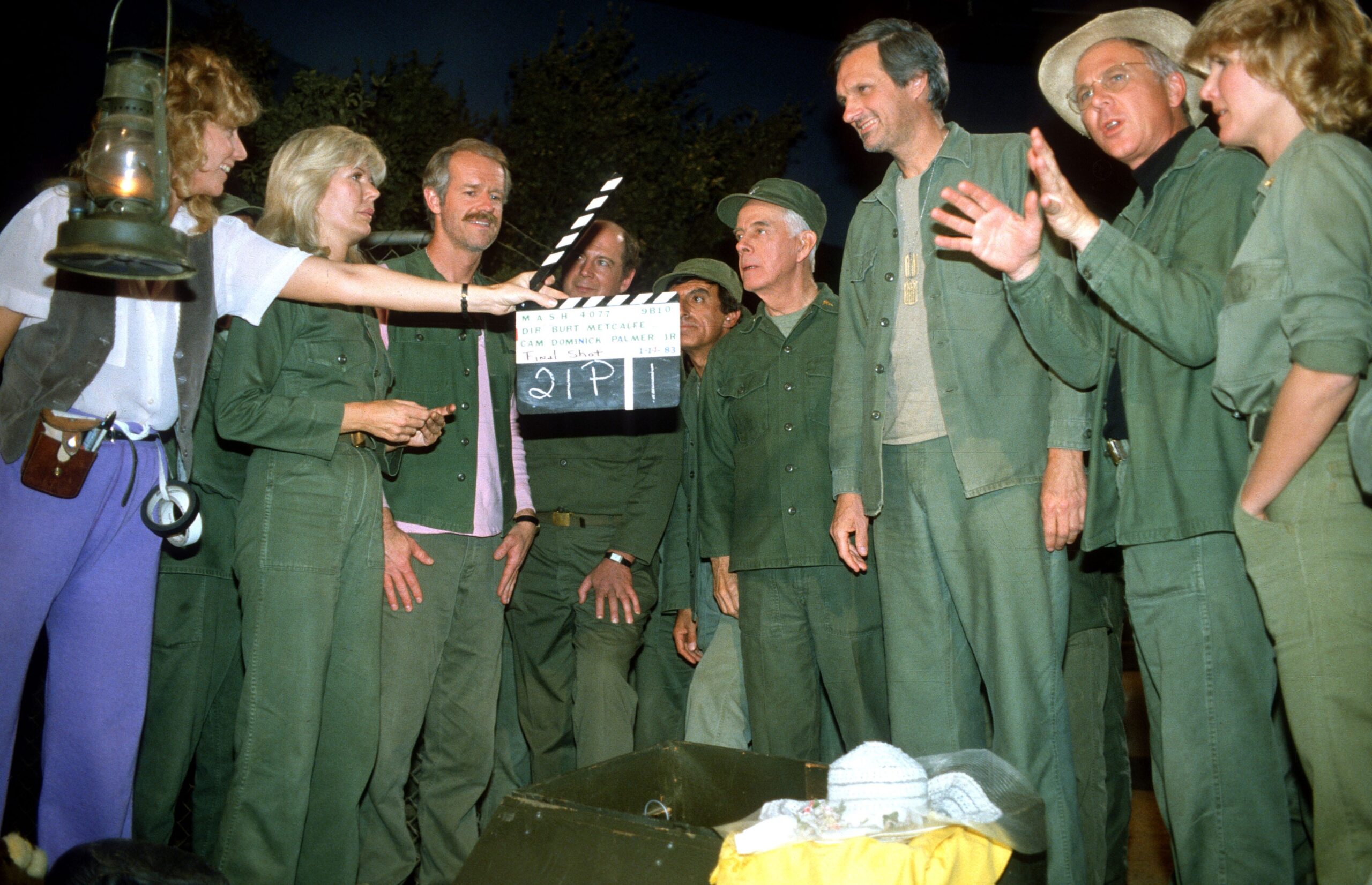
The Lost Art of Shared Experiences: Can a "MAS*H" Moment Happen Again?
Forty-two years ago, a staggering portion of the United States paused, gathered around their television sets, and collectively witnessed the finale of "MAS*H." This shared experience, a cultural touchstone, saw 106 million people – almost half the nation – tuning in to bid farewell to the 4077th Mobile Army Surgical Hospital. Today, the question lingers: Is such a unifying moment even possible in our fragmented media landscape and polarized society?
The sheer scale of "MAS*H’s" finale is difficult to fathom in the current environment. It paints a picture of a nation with shared viewing habits, limited entertainment options, and a greater sense of collective identity. While major wars or crises, like the 9/11 terrorist attacks, can briefly unite a nation, the pervasive tribalism that now characterizes American politics makes the prospect of widespread cultural agreement on anything, even entertainment, seem increasingly remote.
Steve Caplan, an instructor at the University of Southern California, aptly describes "MASH" as "a great example of a cultural touchtone everybody could agree on." He expresses skepticism that any contemporary piece of content could achieve such a unifying effect. This isn’t merely due to societal divisions but also the exponential growth of media outlets since "MASH’s" final episode aired in 1983.
Back then, the media landscape was remarkably simple. "MAS*H" aired on CBS, one of only three major commercial networks. Cable television was still a niche product, and streaming services were decades away. The concept of binge-watching was nonexistent. The slow cadence of weekly episodes, appearing throughout the television season, allowed anticipation to build and fostered shared discussion. Even video games, a prominent form of entertainment today, were in their infancy. The internet, with its boundless possibilities and potential for division, remained a distant dream.
Gabriel Rossman, a sociology professor at UCLA, highlights the contrast between the entertainment landscapes of then and now. While acknowledging that consumers benefit from the vast array of choices available today, he emphasizes the loss of common cultural references. "Regardless of whether MASH was a better or worse show than (the HBO series) ‘Succession,’… what MASH had going for it is simply that everybody saw it," Rossman explains. The ability to engage in casual conversations about the show, a shared understanding among friends and colleagues, is increasingly rare in a world of personalized algorithms and niche content.
Rossman doesn’t attribute current polarization solely to media fragmentation. He points to the evolution of the media itself, specifically the repeal of the Fairness Doctrine in 1987. This Federal Communications Commission decision, under President Ronald Reagan, eliminated the requirement for broadcasters to present contrasting viewpoints on controversial issues. This paved the way for highly partisan talk radio, exemplified by Rush Limbaugh, and conservative-leaning television outlets like Fox News, which further deepened political divisions.
The rise of social media in the past decade, combined with the emergence of divisive political figures like Donald Trump, has amplified tribalism. This has led to a situation where opposing viewpoints are not merely disagreed with, but actively demonized. "You can have that kind of strong partisanship and resentment even if the ideological differences are small," Rossman observes, illustrating how easily divisions can be stoked.
William Egginton, a humanities professor at Johns Hopkins University, argues that this fragmentation undermines the common good. He blames the relentless pursuit of profit by media outlets, driven by algorithms that cater to niche audiences, for exacerbating the problem. "The media’s economic driver is getting eyeballs, and the way you get eyeballs is to get your audience as riled up as possible by your story and by your take," Egginton states. This creates a vicious cycle of sensationalism and division, constantly reinforcing pre-existing biases.
This environment makes it difficult to achieve the "water cooler effect" – the shared conversations that foster connection and bonding among co-workers. While popular television shows were once reliable topics for such discussions, media fragmentation has diminished their ability to draw large, unified audiences.
Egginton acknowledges that certain events, such as the Notre-Dame Cathedral fire, can still provide a mass connection. However, he suggests that major sporting events offer a more reliable source of shared experience. He recalls the global feeling of unity during the 2022 World Cup final, observing, "You still had the sense you were living through a historic event in communion with other people around the world."
In the United States, the Super Bowl remains the most consistent example of a mass viewing event. The recent Super Bowl drew a record 127.7 million viewers. However, even in this seemingly unifying context, division persists. Jonathan Metzl, a professor at Vanderbilt University, points to the starkly contrasting reactions to the halftime show featuring Kendrick Lamar, highlighting the polarization that permeates even entertainment.
Metzl’s research on mass shootings further illustrates this point. He found that responses to these tragedies are often divided along partisan lines, with one side calling for stricter gun control measures and the other advocating for more firearms. "It’s not just that we’re not having unifying experiences. It’s that when we see the same thing, we disagree about what it means," Metzl laments. He concludes that the unifying power of shared experiences, like watching "MAS*H," has been eroded by a combination of factors, leaving us increasingly divided, even when we are witnessing the same events. The possibility of recreating a similar cultural phenomenon seems increasingly unlikely in the current climate.
